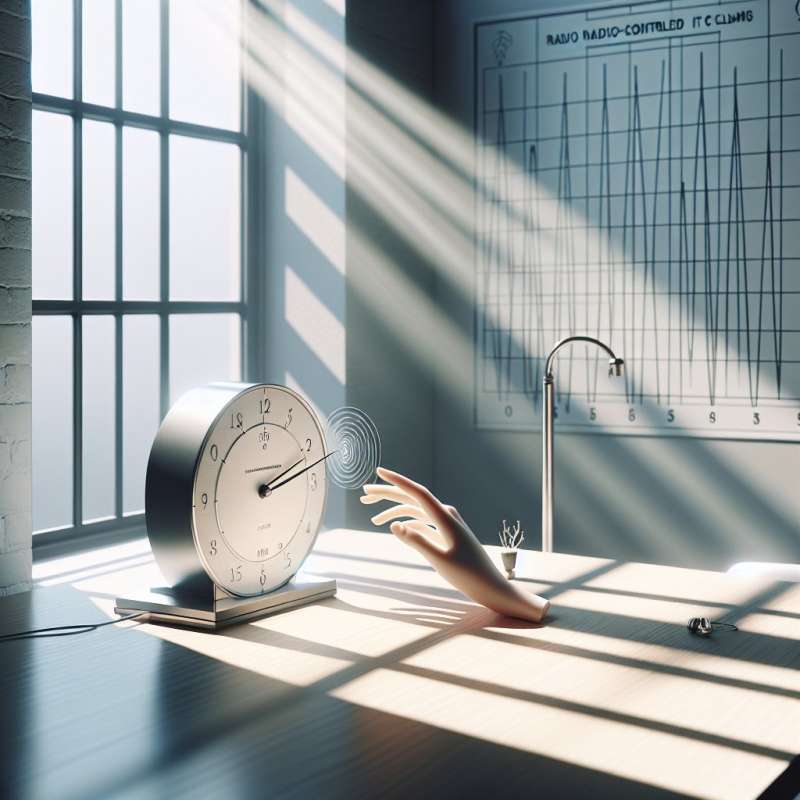
Radio Controlled Basics
Radio controlled clocks synchronize with a time signal broadcast by an atomic clock. They ensure high accuracy by continuously updating to the correct time.
The Atomic Clock Source
The time signals originate from atomic clocks, which are highly precise due to the consistent vibration frequencies of atoms like cesium or rubidium.
Signal Transmission
Timekeeping signals are transmitted via longwave radio frequencies. These can traverse long distances and even penetrate buildings, ensuring wide coverage.
Global Time Standards
Different regions use their own atomic clocks and frequencies, such as WWVB in the USA, DCF77 in Germany, and MSF in the UK.
Reception and Decoding
Radio controlled clocks have built-in receivers to capture the signal, which is then decoded to adjust the clock's time display accurately.
Daylight Saving Adjustments
These clocks automatically adjust for daylight saving changes, eliminating the need for manual resets twice a year.
Interference and Limitations
Geographical obstacles, atmospheric conditions, and electrical interference can affect signal reception, leading to occasional inaccuracies.
What do radio controlled clocks synchronize with?
Internet time servers
Satellite GPS signals
Atomic clock time signal
Company